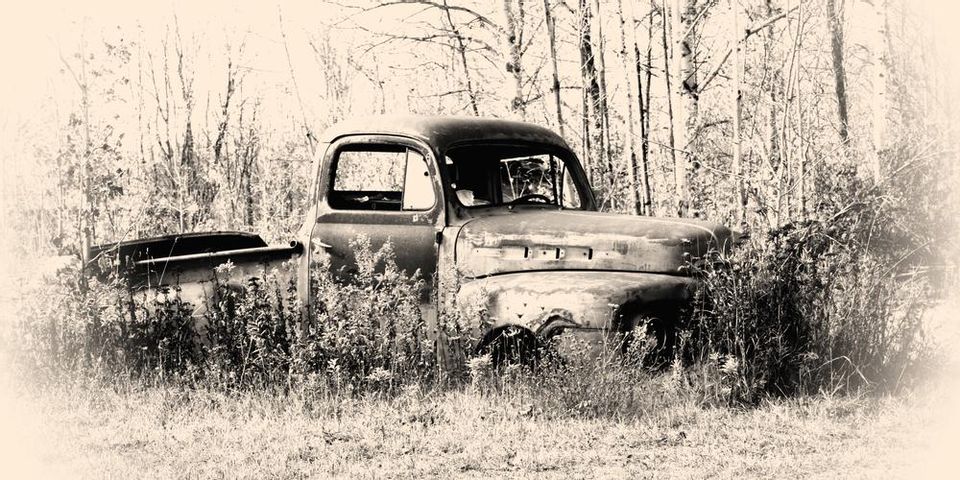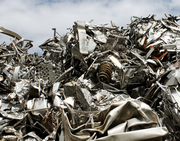
Junk yards have been around for a long time, but they have changed a lot over the decades they have been in operation. When you visit the San Marcos, TX, car recycling yard at Roadrunner Recycling today, you’ll have a much different experience than what you may have expected at a junk yard in the 1950s. Below, the experts outline the history of the scrap industry that led to the advent of modern recycling centers.
When the Industrial Revolution occurred in 1760, the metal used to develop machinery became a vital component of industry. Businesses realized that they could save on building new machines by breaking down older machines and recycling their parts. During World War I, scrapyards really started to boom. They were used to feed the war machine that was so hungry for metal and machinery, and they continued to see heavy use through World War II as well.
 As the military’s use of scrap metals slowed, consumers realized they could take on the benefits of these salvage yards as well. They sold off their old cars to the yards and perused them for parts they needed. By the 1950s, these yards were full of old vehicles and an incredible array of parts to serve any need. However, the metal salvage yards still operated informally, where only vehicle-restoring enthusiasts and contractors had the knowledge needed to take advantage of them. But for those who knew enough to find the part they needed, there were fantastic deals to be had.
As the military’s use of scrap metals slowed, consumers realized they could take on the benefits of these salvage yards as well. They sold off their old cars to the yards and perused them for parts they needed. By the 1950s, these yards were full of old vehicles and an incredible array of parts to serve any need. However, the metal salvage yards still operated informally, where only vehicle-restoring enthusiasts and contractors had the knowledge needed to take advantage of them. But for those who knew enough to find the part they needed, there were fantastic deals to be had.
Now, junk yards are much more organized and well-regulated. Yards can keep an accounting of what they have on hand and make it easy for consumers to find a part they need. They can provide accurate estimates for your recyclables, from insulated wire to used vehicles.
Whether you have cars to sell or you want to bring in other recyclables, contact the Roadrunner Recycling at (512) 353-4511. They can pay up to $10,000 for your wrecked vehicle and offer more competitive metal recycling prices than any junk yard nearby.
About the Business
Have a question? Ask the experts!
Send your question

